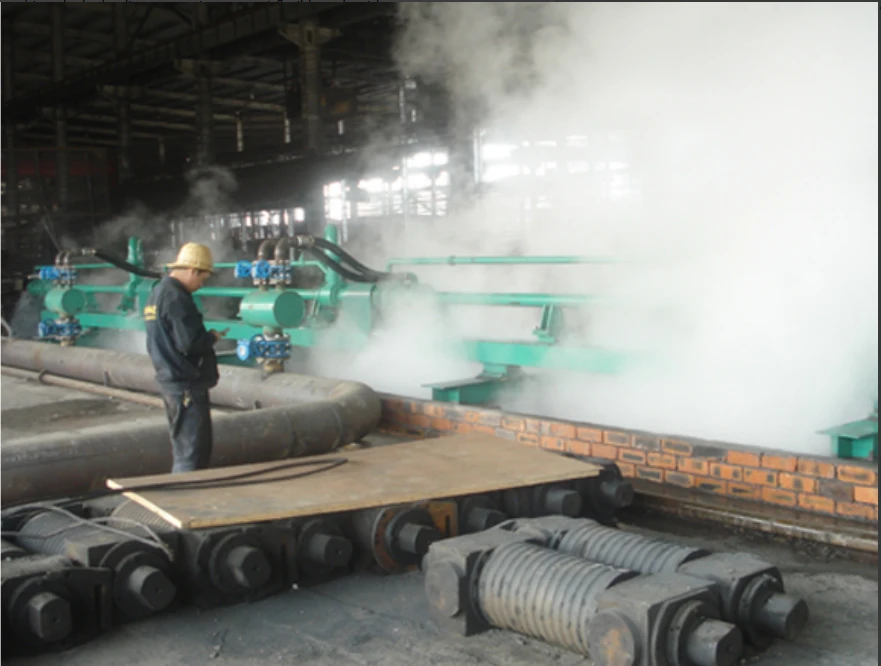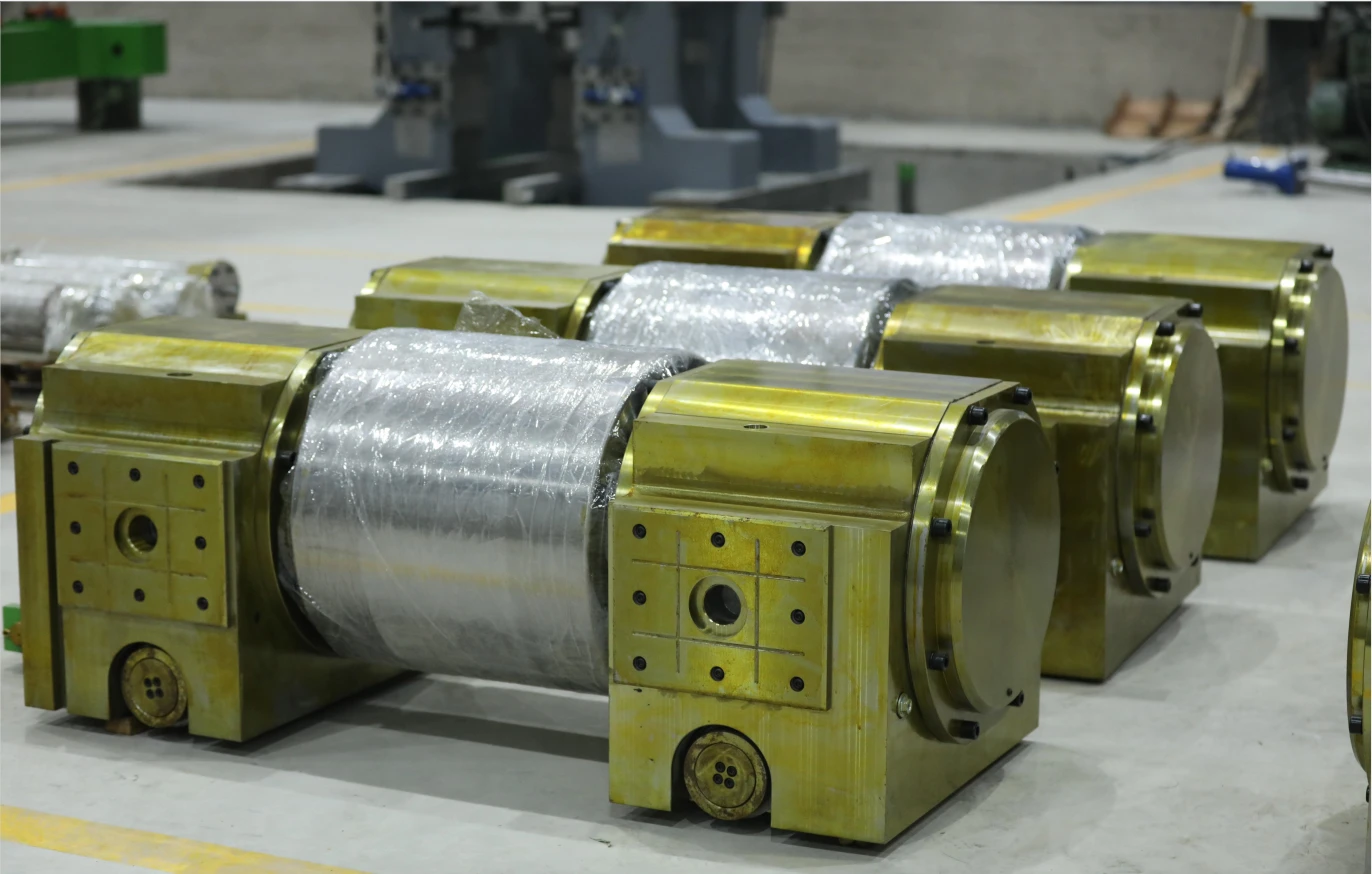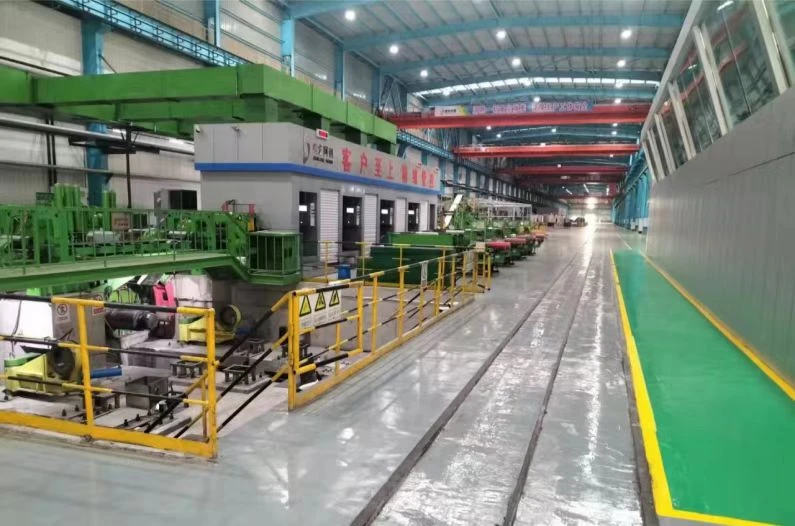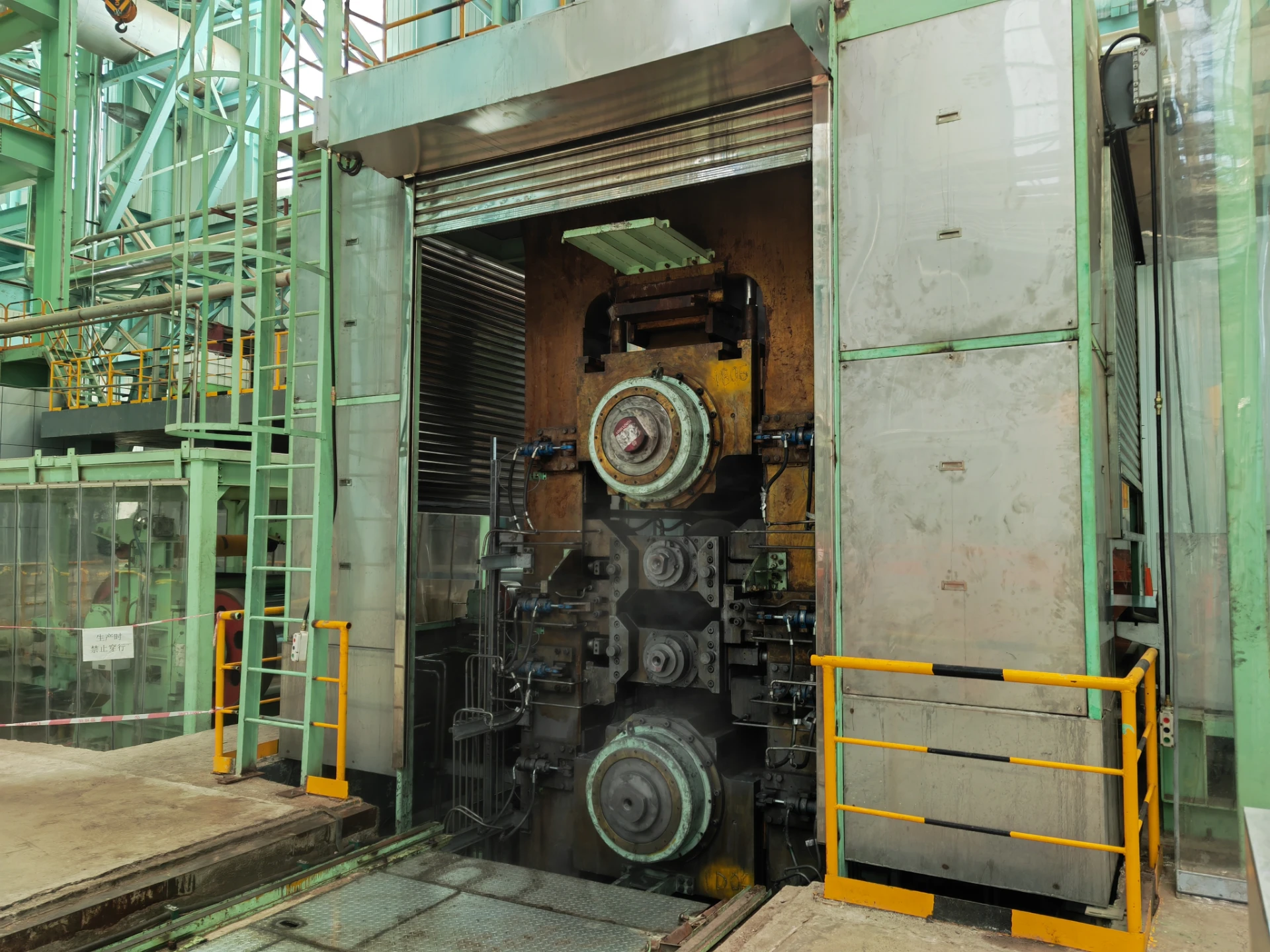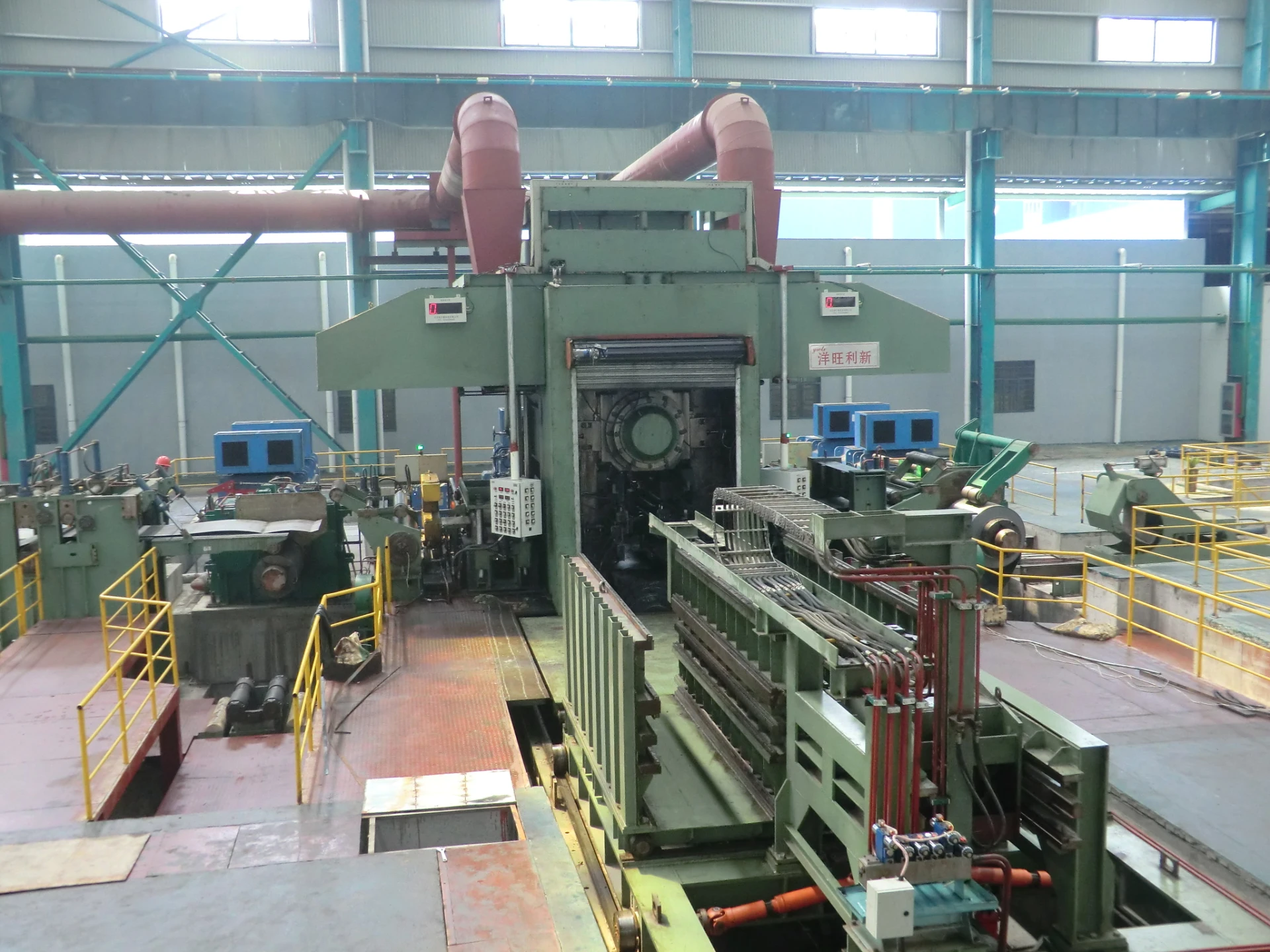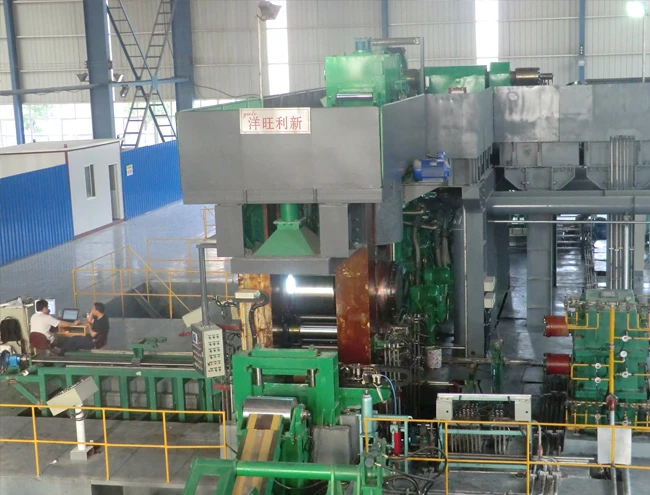
Water Tank Cooling System: Efficient & Reliable Solutions
Advancing Industrial Efficiency: The Critical Role of Water Cooling Systems for Water Tanks
In today's rapidly evolving industrial landscape, efficient thermal management is paramount for maintaining operational stability, extending equipment lifespan, and ensuring process integrity. Industries ranging from petrochemicals to power generation and metallurgy face constant challenges related to heat dissipation. An optimized water cooling system for water tank is no longer just a component but a critical infrastructure that directly impacts productivity, energy consumption, and environmental compliance. Current trends emphasize digitalization, predictive maintenance, and the integration of smart technologies to enhance cooling efficiency and reduce operational overhead. Businesses are increasingly seeking solutions that offer superior heat exchange capabilities, corrosion resistance, and adaptability to diverse environmental conditions, moving beyond traditional systems to embrace more robust and sustainable designs.
The demand for reliable industrial cooling solutions is driven by stringent regulatory standards, the need for enhanced safety protocols, and a global push towards energy conservation. This has led to significant advancements in the design and materials science of cooling components. For instance, the integration of intelligent sensors and IoT capabilities allows for real-time monitoring of temperature, pressure, and flow rates within the cooling water expansion tank and cooling water storage tank, enabling proactive adjustments and preventive maintenance. This technological shift ensures that industrial processes operate within optimal temperature ranges, preventing thermal degradation of machinery and sensitive materials, and ultimately safeguarding the entire production chain against costly downtime and operational disruptions.
The Engineering Excellence Behind Water Cooling Systems
Manufacturing Process and Material Integrity
The manufacturing of a robust water cooling system for water tank components, particularly those designed for rigorous industrial applications, involves a meticulous multi-stage process to ensure unparalleled durability and performance. It begins with advanced material selection, typically high-grade stainless steels (e.g., SS304, SS316L for superior corrosion resistance) or specialized alloys (e.g., Duplex stainless steel for enhanced strength and chloride resistance) to withstand corrosive media and extreme temperatures. The process often incorporates precision casting for intricate components, followed by forging to refine grain structure and improve mechanical properties. CNC machining is then employed to achieve precise dimensions and tight tolerances, critical for efficient heat transfer and leak prevention. Each component undergoes rigorous quality assurance, including non-destructive testing (NDT) such as ultrasonic testing, radiographic testing, and dye penetrant inspection, to detect any internal flaws.
Key manufacturing stages include design and simulation using CFD (Computational Fluid Dynamics) to optimize flow paths and heat exchange, material procurement with full traceability, precision cutting, welding (often using automated techniques like TIG or MIG for consistent, high-integrity welds), post-weld heat treatment to relieve stresses, and surface finishing to enhance corrosion resistance and aesthetics. All processes adhere strictly to international standards such as ISO 9001 for quality management, ASME Boiler and Pressure Vessel Code for pressure integrity, and ANSI/AWWA standards for water system components. This comprehensive approach ensures a typical service life exceeding 20 years, even in highly aggressive environments like petrochemical plants or metallurgical facilities, delivering exceptional energy efficiency and anti-corrosion performance.
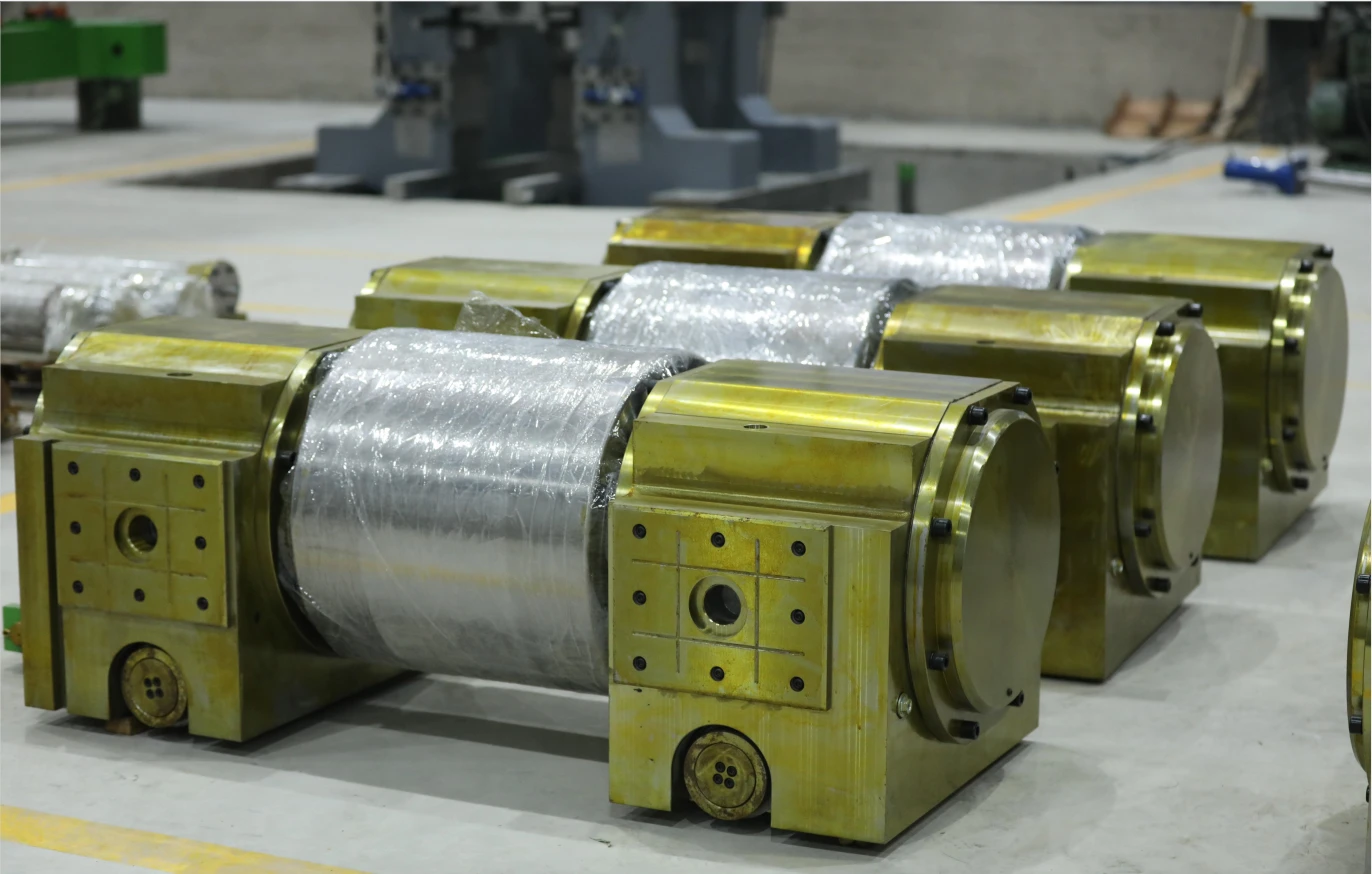
Technical Specifications and Performance Metrics
Understanding the technical parameters of a water cooling system for water tank is crucial for system architects and procurement specialists. These specifications dictate a system's capacity, efficiency, and suitability for specific industrial applications. Key metrics include the cooling capacity (often measured in BTUs/hr or Tons of Refrigeration), flow rate, operational temperature range, and the specific material construction of the heat exchangers and tanks. Energy efficiency ratios (EER or COP) are also vital indicators of operational cost. The table below provides a representative overview of typical parameters found in high-performance industrial water cooling systems.
These parameters are fundamental in selecting or designing a system that aligns with specific operational demands and environmental conditions. A well-specified water cooling system for water tank ensures optimal performance, minimizes energy consumption, and extends the life of connected machinery by preventing overheating.
Diverse Applications and Key Advantages
Application Scenarios Across Industries
The versatility of a well-engineered water cooling system for water tank makes it indispensable across a multitude of industrial sectors. In petrochemical facilities, these systems are critical for cooling reaction vessels, condensers, and product streams, preventing runaway reactions and maintaining product purity. The metallurgical industry relies on them for quenching hot metals, cooling induction furnaces, and managing temperatures in rolling mills, directly impacting material strength and quality. For power generation, whether conventional or renewable, cooling systems regulate turbine and generator temperatures, ensuring consistent energy output and preventing equipment failure. Data centers, with their immense heat loads, utilize these systems to maintain optimal server temperatures, preventing expensive data loss and hardware damage. Furthermore, they are vital in pharmaceutical manufacturing for precise temperature control during synthesis and fermentation, and in food and beverage processing for rapid chilling and preservation.
Technical Advantages: Efficiency, Reliability, and Longevity
The technical advantages of a high-quality water cooling system for water tank are manifold. Firstly, superior energy efficiency is achieved through optimized heat exchanger designs and advanced control systems, leading to significant reductions in operational costs and carbon footprint. Secondly, enhanced reliability stems from robust construction, premium materials, and adherence to stringent manufacturing standards, minimizing the risk of breakdowns and ensuring continuous operation. This reliability is often reinforced by features like redundant pump systems and automated fault detection. Thirdly, exceptional longevity is a hallmark, with systems designed for extended service lives of over two decades, even in harsh industrial environments. This durability is due to features like advanced anti-corrosion coatings, sacrificial anodes in the cooling water storage tank, and easy-access designs for routine maintenance. The modular design of many modern systems also allows for scalable expansion and straightforward maintenance, further reducing total cost of ownership (TCO).
Selecting the Right Partner: Manufacturer Comparison and Custom Solutions
Navigating Manufacturer Choices
Choosing the right manufacturer for a water cooling system for water tank requires a thorough evaluation beyond initial cost. Key factors include the manufacturer's experience and track record in your specific industry, their engineering capabilities for customized solutions, and the quality of their after-sales support and spare parts availability. Look for manufacturers with comprehensive certifications (e.g., ISO 9001, ASME, CE marking), demonstrating adherence to international quality and safety standards. Evaluate their expertise in areas like revamping services and providing spare parts, which can significantly extend the lifespan of your existing infrastructure. A reputable vendor will offer transparent product specifications, detailed performance data, and verifiable client testimonials or case studies that showcase successful implementations in similar operational contexts. The emphasis should be on a partnership that ensures long-term operational excellence and minimal downtime, rather than just a product transaction.
Tailored Solutions for Unique Industrial Needs
Industrial cooling demands are rarely one-size-fits-all. A truly effective water cooling system for water tank often requires a highly customized approach. This involves a comprehensive site assessment, understanding specific process heat loads, ambient conditions, available space, and integration with existing infrastructure. Customization can include specialized materials for corrosive environments, integration of advanced control systems for precise temperature regulation, or designs that account for seismic activity or extreme temperature fluctuations. For example, a cooling water expansion tank might be engineered with specific volume requirements and pressure ratings to accommodate fluctuating fluid volumes, while the overall system can be designed for specific flow rates or redundancy levels. Collaborating with a manufacturer capable of delivering bespoke engineering solutions ensures that the cooling system is perfectly aligned with the client's operational objectives, optimizing efficiency and delivering superior return on investment.
Case Studies and Real-World Impact
In the heavy industrial sector, a leading steel mill faced chronic overheating issues in their continuous casting process, leading to frequent shutdowns and reduced yield. Implementing a custom-designed water cooling system for water tank, featuring an enlarged cooling water storage tank and high-capacity plate heat exchangers, drastically improved thermal stability. The system incorporated advanced filtration to manage scale build-up and corrosion inhibitors, extending the lifespan of critical equipment. Post-installation data revealed a 15% increase in production uptime and a 7% reduction in energy consumption directly attributed to the efficient cooling, showcasing tangible operational improvements.
Similarly, a chemical processing plant struggling with inconsistent reaction temperatures saw a transformation after upgrading their cooling infrastructure. The new water cooling system for water tank included precise PID temperature controllers and variable frequency drives for pumps, allowing for dynamic adjustment of cooling capacity based on real-time process demands. This resulted in more stable exothermic reactions, a significant reduction in off-spec product batches, and an overall improvement in product consistency, reinforcing the system's critical role in process control and quality assurance. These examples underscore the substantial, measurable benefits derived from investing in expertly engineered cooling solutions.
Ensuring Trust: FAQs, Delivery, and Warranty
Frequently Asked Questions (FAQs)
- What types of water quality are compatible with these systems? Our systems are designed to handle various water qualities, from potable to industrial process water. For specific or aggressive chemistries, we offer specialized materials like SS316L or custom coatings to ensure long-term integrity.
- How often does the system require maintenance? Routine preventive maintenance is recommended annually, focusing on heat exchanger cleaning, pump inspection, and fluid analysis. Our robust designs minimize the need for frequent interventions.
- Can these systems be integrated into existing plant control systems? Absolutely. Our advanced control panels support various industrial communication protocols (e.g., Modbus, Profinet, Ethernet/IP) for seamless integration with SCADA or DCS systems.
- What is the typical lead time for a custom-built system? Lead times vary based on system complexity and component availability, generally ranging from 8 to 20 weeks from design approval to delivery. Expedited options may be available for urgent projects.
Delivery and Installation Process
Our streamlined delivery process ensures that your water cooling system for water tank arrives on schedule and ready for integration. Following final assembly and factory acceptance testing (FAT), systems are carefully packaged for transport. We coordinate logistics closely with clients, including special handling requirements for oversized components. Our team provides comprehensive installation guidelines, and on-site technical supervision is available to ensure proper setup and commissioning, minimizing any potential delays or errors during the critical startup phase.
Warranty and After-Sales Support
We stand by the quality and performance of our water cooling system for water tank. All new systems typically come with a standard 12-month warranty from commissioning or 18 months from shipment, whichever comes first, covering defects in materials and workmanship. Extended warranty options are available. Our dedicated after-sales support team provides technical assistance, troubleshooting, and genuine spare parts (including those for Revamping service and Spare Parts for existing systems) to ensure continuous, optimal operation throughout the system's lifecycle.
Driving Industrial Reliability Through Advanced Cooling
The continuous evolution of industrial processes demands equally advanced and reliable cooling solutions. A meticulously designed and expertly manufactured water cooling system for water tank is an investment that yields significant returns in operational efficiency, longevity of equipment, and adherence to environmental standards. From the careful selection of materials like those used in cooling water storage tank constructions to the precise execution of manufacturing processes and the integration of smart monitoring, every aspect contributes to a system that delivers unparalleled performance. For industries facing the dual challenges of increasing production demands and stringent energy regulations, partnering with a specialized provider for these critical systems is essential for long-term success and sustainability.
References
- American Society of Mechanical Engineers (ASME) Boiler and Pressure Vessel Code.
- International Organization for Standardization (ISO) 9001: Quality Management Systems.
- U.S. Department of Energy (DOE) Energy Efficiency and Renewable Energy (EERE) publications on industrial cooling.
- American Water Works Association (AWWA) Standards for water treatment and distribution.
- Journal of Heat Transfer - Technical papers on advanced heat exchanger designs and fluid dynamics.
-
Indian Clients Visit YWLX to Inspect Skin-pass MillNewsJun.22,2025
-
Typical Products from Reversing Cold Rolling ProcessNewsMay.26,2025
-
Surface Finish Improvement through Skin Pass RollingNewsMay.26,2025
-
Integration of AGC Systems in Modern Cold Rolling MillsNewsMay.26,2025
-
Cold Rolling in the Context of High-Strength Steel DemandNewsMay.26,2025
-
AGC in Hot Rolling Mills: Challenges and SolutionsNewsMay.26,2025
-
Why Reversing Cold Rolling Mills Are Ideal for Specialty MetalsNewsMay.13,2025




